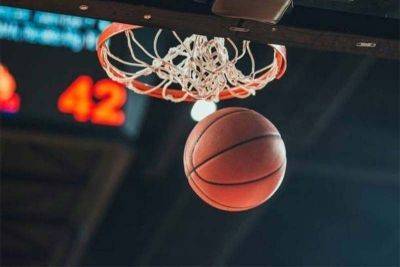Reconnecting through art: The polymer clay creations of Jessie Cris Falalimpa
In the bustling region of SOCCSKSARGEN, Jessie Cris Falalimpa stands out for his commitment to cultural authenticity through his artistry with polymer clay dolls.
Unlike many artists who chase contemporary trends, Falalimpa's work is a tribute to the region's traditional designs. He chooses to preserve the originality of indigenous art forms rather than altering them for artistic license.
"When presenting the culture of a specific tribe, it must be done with fidelity and respect. On a personal note, I refrain from altering indigenous designs, such as the Tnalak, to maintain their authenticity. This practice is a contentious issue among local designers in the region. I intend to honor the indigenous communities without offending," he said.
Falalimpa integrates community immersion into his creative process when crafting his polymer clay dolls. He emphasizes the importance of conducting thorough research and engaging with knowledgeable individuals as a preliminary step in his artistic endeavor.
Polymer clay is a versatile and user-friendly art medium, ideal for both novices and professionals. Made from synthetic materials like PVC, it remains soft until baked in a standard oven. This clay can mimic various textures and is available in a wide array of colors, including special effects like metallic and glow-in-the-dark, making it a popular choice for creative projects.
Falalimpa's passion for anime sparked his journey into the art of sculpting. Driven by the high cost of action figures, he began creating his own in 2015, initially using air-dry clay. However, he soon transitioned to polymer clay for its durability and less stringent storage requirements.
After a two-year hiatus, Falalimpa resumed sculpting and unexpectedly encountered a Chinese artist through a social media platform. This interaction not only introduced him to the medium of polymer clay but also facilitated connections with manufacturers in China, broadening his artistic horizons.
At that time, there was only one seller of polymer clay in the Philippines, based in Manila. Falalimpa also sourced the material from New Zealand before deciding to import directly from China.
During a convention in







